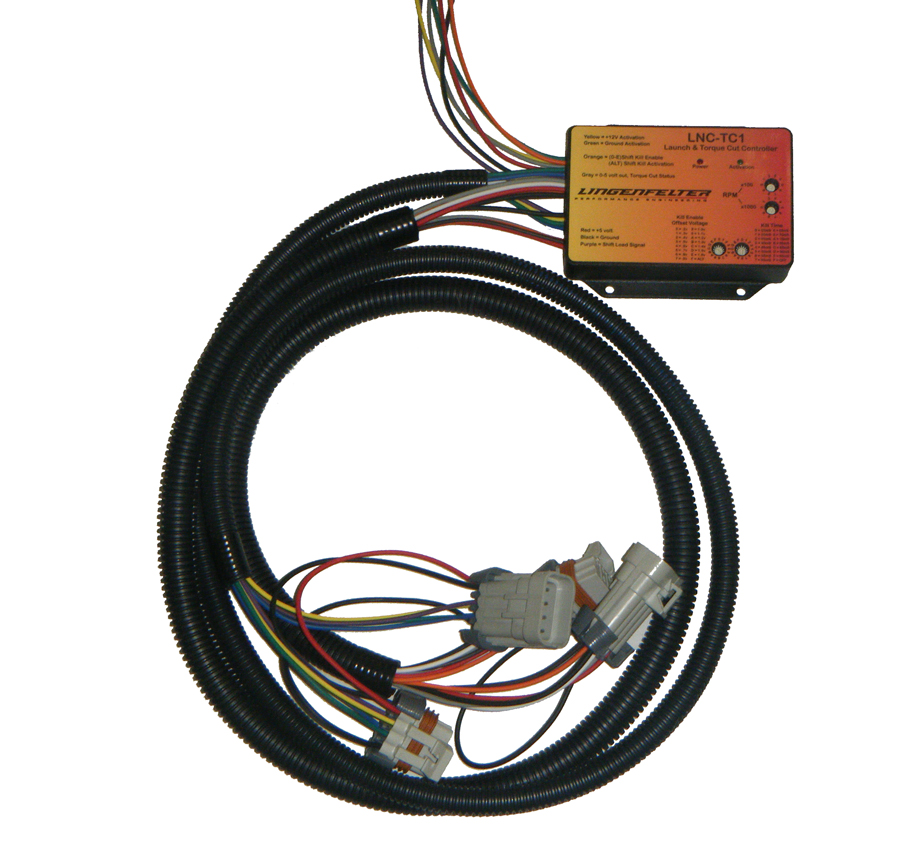SeanRitchie
Well-known member
- May 6, 2021
- 447
- 1,020
I think I've received enough calls from the sand community about No-Lift-Shift over the past few years that it deserves a thread here.
No-lift-shift or Flat-Shift is nothing new to the motorsports world. It has been utilized in high performance racing applications since the 70's. Since the off-road world is typically a bit late to the party while the road race guys with 10x the budget of the highest offroad race teams figure things out, it has really only been utilized in off-road race vehicles since the late 2010's.
I will not go into detail about how to properly shift a sequential gearbox in this thread. I want to keep it short and to the point for those interested.
What is "No-Lift-Shift"?
An electronic aid to help dog-engagement (sequential) gearboxes shift using the ECU to cut or "blip" engine power without manually lifting off or blipping the throttle pedal.
How does it work?
A signal is sent to the ECU via strain gauge in shift linkage, shift knob, potentiometer, or position switch on the shift lever. This signal tells the engine management computer to either cut ignition and fuel for an upshift, or "blip" the throttle for a downshift. An engine tuner sets this feature up in the ECU and tunes the system based on those input signals.
The potentiometer (gear position sensor) on the gearbox sends a signal based on shift drum rotation, which triggers the ignition to refire after the shift has completed in the gearbox. This can also be a timed delay through the ECU, but that is a bit crude and can cause damage to the gearbox if there is a slow shift time for some reason like hitting a bump in the middle of a shift.
What kind of "hardware" do you need?
1. An engine management ECU that can accept (2) separate 0-5 volt signals, and allow for a tune to control engine power cut/blip based on those signals.
2. A strain gauge shift knob or strain gauge in shift linkage are the two preferred components based on accuracy of signal to the ECU. You can also use a potentiometer or a position switch, which will work, but not as ideal for a few reasons.
3. A good quality potentiometer (gear position sensor) mounted to the shift drum on a sequential gearbox. Ask your gearbox manufacture if the sensor on your gearbox has the proper "resolution" to send a high quality voltage signal to the ECU.
4. A good engine tuner that understands how dog-engagement gearboxes work, and can tune the ECU based on the signals from the sensors on the shifter and transmission.
What is the advantage of this feature?
Bottom line is that it makes up and down shifting almost effortless. Properly shifting a sequential gearbox in an offroad car is not the easiest thing for many drivers, even those who think they have great coordination. Having the ECU manage the torque loads through the gearbox rather than your foot almost completely alleviates bad or mis-shifts which results in damage to the engagement dogs.
As the sand car community begins to purchase and utilize higher end engine management computers, these features become available. I personally highly recommend this for anyone that is willing to spend the money. When properly tuned, it can greatly help reduce damage to expensive gearboxes due to bad or mis-timed shifts.
No-lift-shift or Flat-Shift is nothing new to the motorsports world. It has been utilized in high performance racing applications since the 70's. Since the off-road world is typically a bit late to the party while the road race guys with 10x the budget of the highest offroad race teams figure things out, it has really only been utilized in off-road race vehicles since the late 2010's.
I will not go into detail about how to properly shift a sequential gearbox in this thread. I want to keep it short and to the point for those interested.
What is "No-Lift-Shift"?
An electronic aid to help dog-engagement (sequential) gearboxes shift using the ECU to cut or "blip" engine power without manually lifting off or blipping the throttle pedal.
How does it work?
A signal is sent to the ECU via strain gauge in shift linkage, shift knob, potentiometer, or position switch on the shift lever. This signal tells the engine management computer to either cut ignition and fuel for an upshift, or "blip" the throttle for a downshift. An engine tuner sets this feature up in the ECU and tunes the system based on those input signals.
The potentiometer (gear position sensor) on the gearbox sends a signal based on shift drum rotation, which triggers the ignition to refire after the shift has completed in the gearbox. This can also be a timed delay through the ECU, but that is a bit crude and can cause damage to the gearbox if there is a slow shift time for some reason like hitting a bump in the middle of a shift.
What kind of "hardware" do you need?
1. An engine management ECU that can accept (2) separate 0-5 volt signals, and allow for a tune to control engine power cut/blip based on those signals.
2. A strain gauge shift knob or strain gauge in shift linkage are the two preferred components based on accuracy of signal to the ECU. You can also use a potentiometer or a position switch, which will work, but not as ideal for a few reasons.
3. A good quality potentiometer (gear position sensor) mounted to the shift drum on a sequential gearbox. Ask your gearbox manufacture if the sensor on your gearbox has the proper "resolution" to send a high quality voltage signal to the ECU.
4. A good engine tuner that understands how dog-engagement gearboxes work, and can tune the ECU based on the signals from the sensors on the shifter and transmission.
What is the advantage of this feature?
Bottom line is that it makes up and down shifting almost effortless. Properly shifting a sequential gearbox in an offroad car is not the easiest thing for many drivers, even those who think they have great coordination. Having the ECU manage the torque loads through the gearbox rather than your foot almost completely alleviates bad or mis-shifts which results in damage to the engagement dogs.
As the sand car community begins to purchase and utilize higher end engine management computers, these features become available. I personally highly recommend this for anyone that is willing to spend the money. When properly tuned, it can greatly help reduce damage to expensive gearboxes due to bad or mis-timed shifts.


